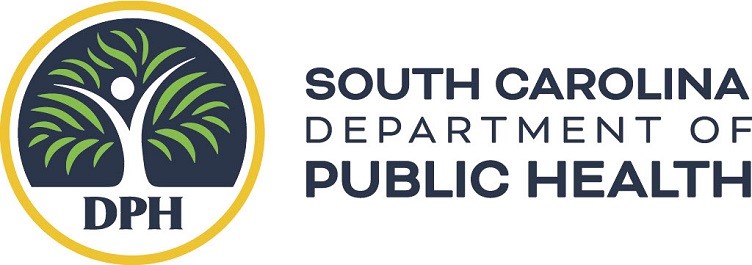Over the past four years I have become intrigued about the best way to teach children how to read. I don’t hold myself out to be an expert – I am not. What I do know is that I have talked to numerous teachers (I happen to be married to a second-grade teacher), and I have come to the conclusion that The Teachers College Reading and Writing Program (TCRWP), a curriculum that purports to teach children to read, doesn’t do what it is supposed to do. For well over a decade, the TCRWP – also known by the author’s name, Lucy Calkins – has been a curriculum that has dominated our elementary schools. From South Carolina to Oregon, this became the gold standard of teaching children how to read. The only problem with this is that it was a castle built on sand. It actually hurt children, causing many not to master the basic elements needed to become proficient readers.
I am passionate about changing the way we teach reading, not just for the Fort Mill and Lancaster School Districts, but for our entire state.
So what is the Lucy Calkins program? At its heart, it is a belief in something called the 3-cueing system. Instead of placing an emphasis on phonics (teaching kids letter/sound correspondences), it asks children to “read” words by looking at the picture, drawing context clues from the words around them, and guessing. Some kids may look like they are reading, but they aren’t and it becomes very apparent by the time students are in the third grade.
As the saying goes, once you know better you do better. The better is here. Slowly, the science of reading has begun to take hold in the Fort Mill School District. The South Carolina Department of Education has made change a priority, offering training to teachers throughout our state.
Why is this needed? According to the most recent state data, only 54% of 3rd grade students in South Carolina are reading on grade level. This is just unacceptable. Should all of the blame be placed on Lucy Calkins? No. That being said, scientific research has shown that phonics is the way to teach children to read. Not guessing, not hoping kids will learn through osmosis – just good old-fashioned phonics and giving children the skills to break down words.
Language Essentials for Teaching Reading and Spelling (LETRS) training has begun around our state. The state of Mississippi began this training process in 2013, which resulted in what is now called the Mississippi Miracle. PBS reports that Mississippi went from being ranked the 2nd worst state in 2013 for fourth-grade reading scores to 21st in 2022. From 49th to 21st in nine years. If Mississippi can do this, South Carolina can and must.
How do we get there? First, parents need to demand that every teacher involved in the reading process receive LETRS training. Then, we MUST stop using Lucy Calkins and use curricula that is researched-based. Equally important to those efforts is for the South Carolina Senate to pass S.418, which would mandate scientific-based reading instruction and curricula. This bill will put us on the path to better reading skills and successful outcomes for our children.
If you are interested in learning more about Science of Reading and the consequences of using the Lucy Calkins approach, I would encourage you to listen to a podcast entitled “Sold a Story”. I believe it will change the way you think about how we teach children to read, and the importance of using the principles of the science of reading – including an emphasis on the connection of letters/sounds. For those of you who are interested, the podcast can be found athttps://features.apmreports.org/sold-a-story/. We are so close to having our own “miracle” in South Carolina, and the Science of Reading will lead us there.
Michael Johnson represents District 16 in the South Carolina Senate. District 16 includes Tega Cay, Fort Mill and Indian Land. He can be reached at [email protected].
Sign up for our Sunday Spectator. Delivered to your inbox every Sunday, with all the news from the week.
















